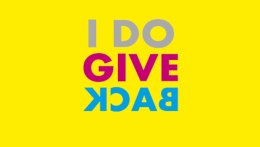Annika Schür
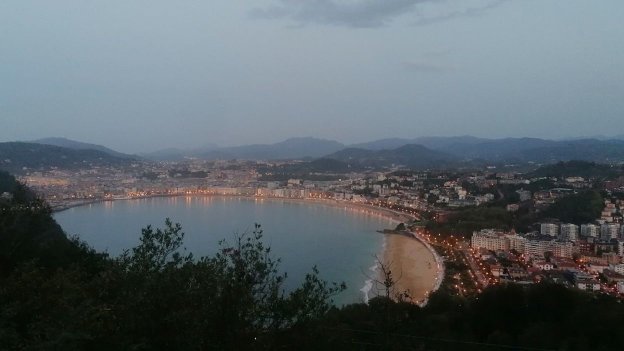 Privat
Privat
View of San Sebastián from Monte Igeldo
"The DAAD-Stiftungs KSB Foundation Scholarship enabled me to conduct exciting experiments at the Cidetec Institute in San Sebastián, and to make new contacts as well as amazing experiences and memories."
Thanks to the KSB Stiftung Scholarship, Annika Schür spent six weeks in San Sebastián, where she conducted research and explored the city. In the following text, she shares insights into her research project and her everyday life in Spain:
Research work in San Sebastián
From 12 September 2022 to 21 October 2022 I spent a 6-week research stay at Cidetec Energy Storage in San Sebastián as part of my doctoral project ‘Understanding and Quantifying the Impact of Moisture and Humidity on State-of-the-Art and Next-Generation Li-Ion Cathode Materials’ at the Helmholtz Institute in Ulm. My doctoral project is linked to the EU project ‘Si-DRIVE’ and the Cidetec is one of its partners.
This project explores the use of a layered lithium-rich, cobalt-free oxide as a new type of cathode material for lithium-ion batteries. Creating active cathode material without cobalt is only one step on the path towards greater sustainability in battery production. Another important aspect of my doctoral project, besides the development of the cathode material, is the cathode material’s processing to produce an electrode. To this end, the cathode material is mixed with conductive carbon black (to improve electric conductivity), a binding agent (to improve the electrode’s mechanical stability) and solvents to create an electrode paste that is applied to the aluminium current collector.
The binding agent is essential for ensuring the electrode’s stability and it also has an impact on the electro-chemical performance and capacity of the battery. Polyvinylidene fluoride (PVDf) is currently the standard binding agent used for cathodes. This binding agent needs N-Methyl-2-pyrrolidone (NMP) as a solvent. NMP is a hazardous organic solvent and requires an elaborate collection and recycling process, as it is classified as a CMR substance (carcinogenic, mutagenic and reprotoxic) in the EU. Water-soluble binding agents allow for water to be used as a solvent. This can save costs and resources, as not only is there no need to recycle water, the water also has a lower boiling point than NMP, which allows for lower temperatures for drying electrodes and therefore for energy and cost savings. Different methods for producing aqueous electrode pastes were examined in the project. For this purpose, I compared two different aqueous binding agents, carboxymethyl cellulose (CMC) and guargum (GG). The results of my research stay will be presented at the conference of the International Society of Electrochemistry (ISE) in Lyon, and there are also plans to prepare a manuscript for publication in a scientific journal.
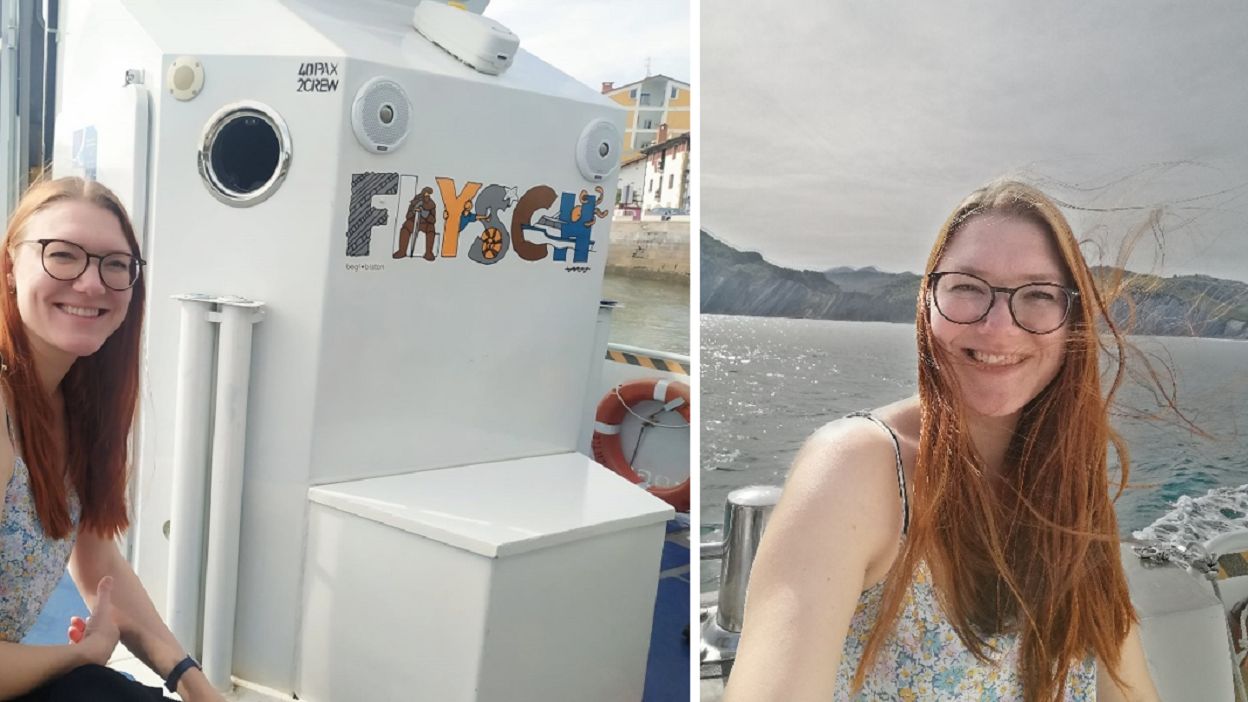
Privat
Boat trip to the Flysch
Cidetec is a research institute at the interface between academic and industrial research. Everybody received me warmly at the institute and I was quickly invited to join group lunches etc. Most employees are Spanish or Basque. Many of my colleagues there spoke to me in English, however, the working language in the laboratory is Spanish. I therefore benefited greatly from my Spanish skills, especially because English is the second foreign language (after Spanish) for many Basque people (the Basque language is spoken very actively, despite being a minority language). The atmosphere in the office was very pleasant and focussed, despite the fact that it was an open-plan office with around 30 work stations. The phenomenal view of the ocean and the mountain Monte Urgull from my work station more than made up for the disadvantages of working in an open-plan office.
My work at Cidetec consisted of the production of electrode pastes using different binding agents, and testing the viscosity of the pastes, which is decisive when it comes to processing the electrode. I used the resulting electrodes to construct button batteries which were then cycled in the battery tester. I was familiar with many of the instruments from Germany, however, everything is a bit bigger at Cidetec, and also the electrode pastes are produced using far greater amounts of active materials than in Germany, and it is therefore possible to test batteries with a greater capacity. The goal of my research stay was to see exactly these differences.
In conclusion, I can say that my research stay at Cidetec has been a success and that the results have given rise to new insights which I am going to present at the conference of the International Society of Electrochemistry (ISE) in Lyon. Guargum is a good alternative to carboxymethyl cellulose as a water-soluble binding agent in cathodes. Thanks to its greater viscosity, it is not only the case that less guargum is required in the electrode paste to achieve a similar rheological behaviour, it is also possible to use more active material, and achieve a greater battery capacity as a result. In addition, guargum provides for improved mechanical stability of the electrode with outstanding results in the T-peel test.
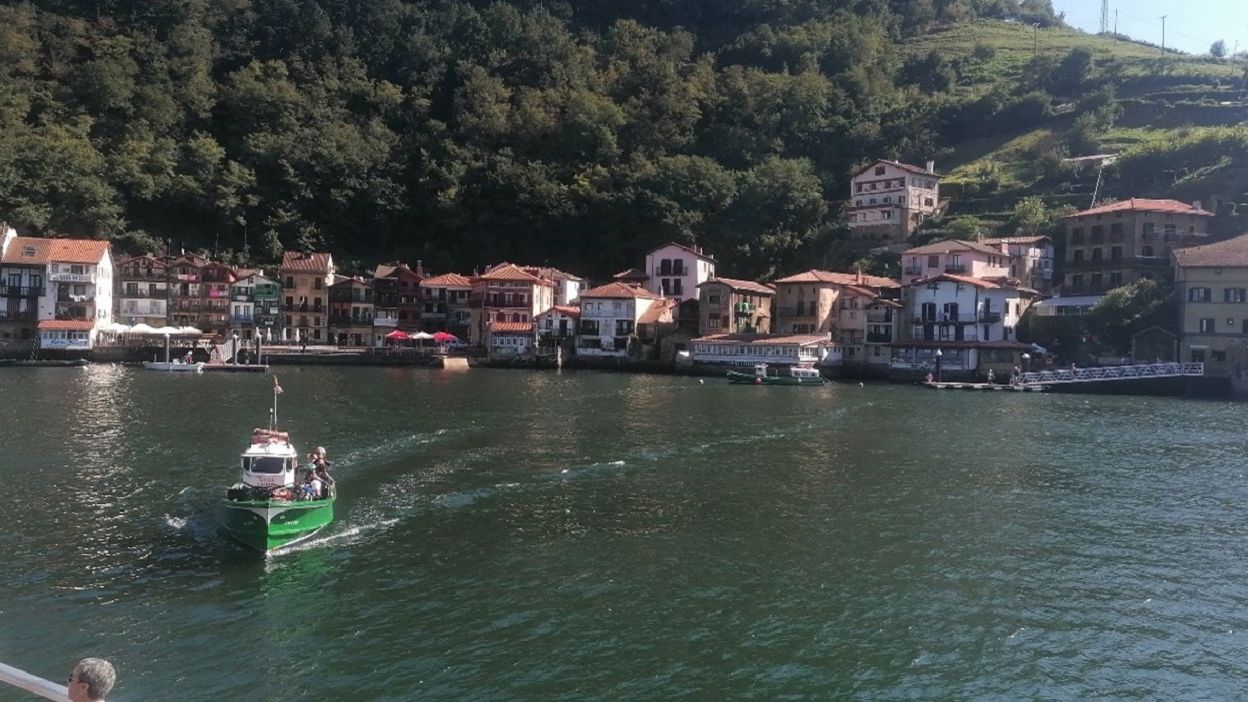
Privat
View of the historic fishing village of Pasaia
Life in San Sebastián
San Sebastián – or Donostia in the Basque language – is a popular tourist destination in Spain. There are also a number of universities and a famous culinary school. These aspects make it rather hard to find accommodation in San Sebastián. Housing is relatively expensive on the whole, and rents in San Sebastián are higher than in any other Spanish city. I looked for a room for only 6 weeks on Idealista, and I was very lucky: I was able to sub-let a room from a very nice landlady. She acted as my tour guide during my 6-week research stay, and we went on many day trips, such as to the small fishing village Pasaia that is famous for its rowing boat museum and the house of Victor Hugo (the author of Les Misérables), or to Zumaia with the Unesco world heritage site Flysch, where a number of scenes for the 8th season of Game of Thrones were filmed. She helped me to get a good insight into the Basque culture and to learn a few words of the Basque language, too. I learned about the Gigantes and Cabezudos (‘giants and big heads’) parades in San Sebastián, as well as about waiting in line for the bus in the morning: whoever arrives first gets to board the bus first, and queue jumping is not permitted. We often went out in town together and hiked to the peaks of the local mountains Monte Ulia and Monte Igeldo. There are many nice hiking trails on Monte Ulia, while a cable car goes to the top of Monte Igeldo. The amazing view from the top is picture-perfect and there is also a small amusement park on the mountain, however, it is mostly interesting for children. The final local mountain, Monte Urgull, with the statue at the peak features various fortress structures that date back to the time of the Napoleonic wars.
There was still lovely warm weather at the end of September, and I often went to Zurriola beach at the weekend or after work. San Sebastián is located directly by the Atlantic Ocean and is also known as a surfers’ paradise. The city has three beaches: Ondarreta, La Concha and Zurriola. La Concha is the best-known beach and situated very close to the city centre. Zurriola is the surfers’ beach, as it has the best waves.
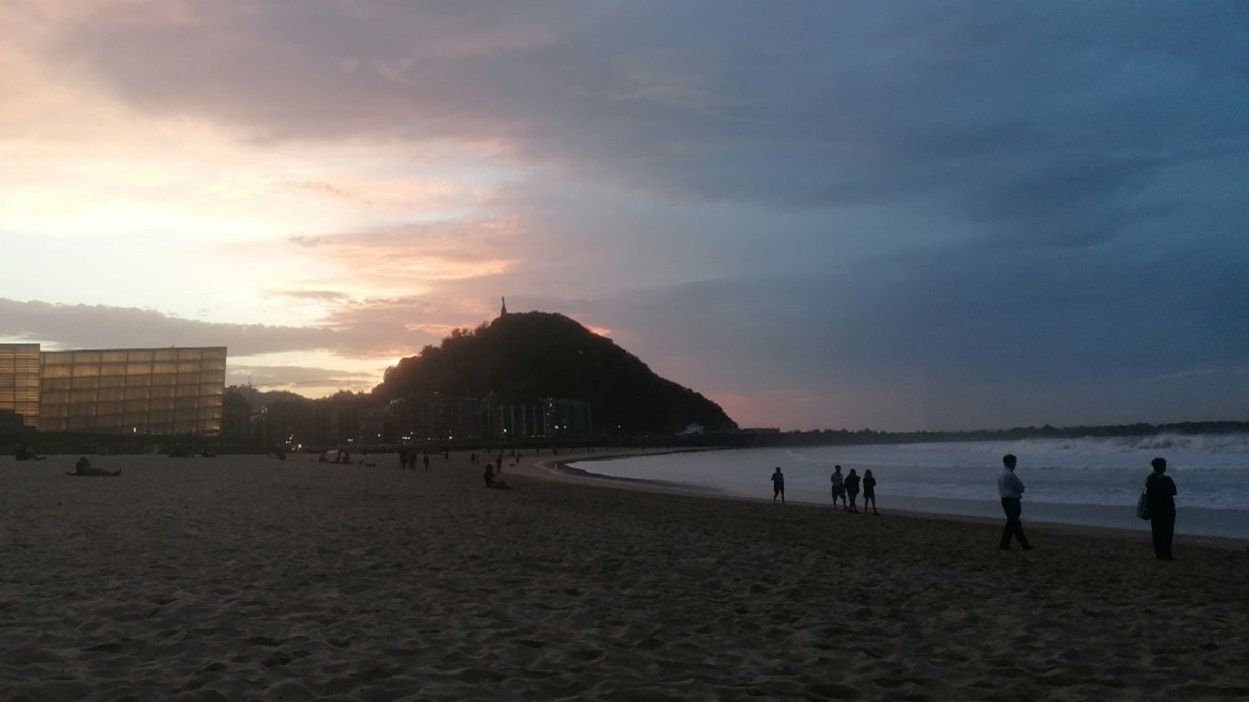
Privat
Zurriola beach at sunset, event hall ("Kursaal") on the left, Monte Urgull in the background
San Sebastián is also known for its great cuisine. So-called pintxos, the Basque equivalent to Spanish tapas, are particularly popular. The Parte Vieja and Gros neighbourhoods are home to many pintxo bars that get quite busy at the weekends. You can recognise a good pintxo bar from the fact that they tend to not have a huge display of readily prepared pintxos behind the bar, but rather have a smaller menu that often changes on a daily basis. Pintxo Pote takes place in many bars in the Gros neighbourhood on Thursdays: combinations of pintxos and drinks are offered for just a few euros. Pintxo Pote is very popular among students and I attended a number of these events with students from San Sebastián University that I met during my work at the Cidetec Institute. Sadly, hardly any of these contacts lasted beyond my return to Germany. I am now only in touch with one doctoral candidate from the Cidetec Institute.
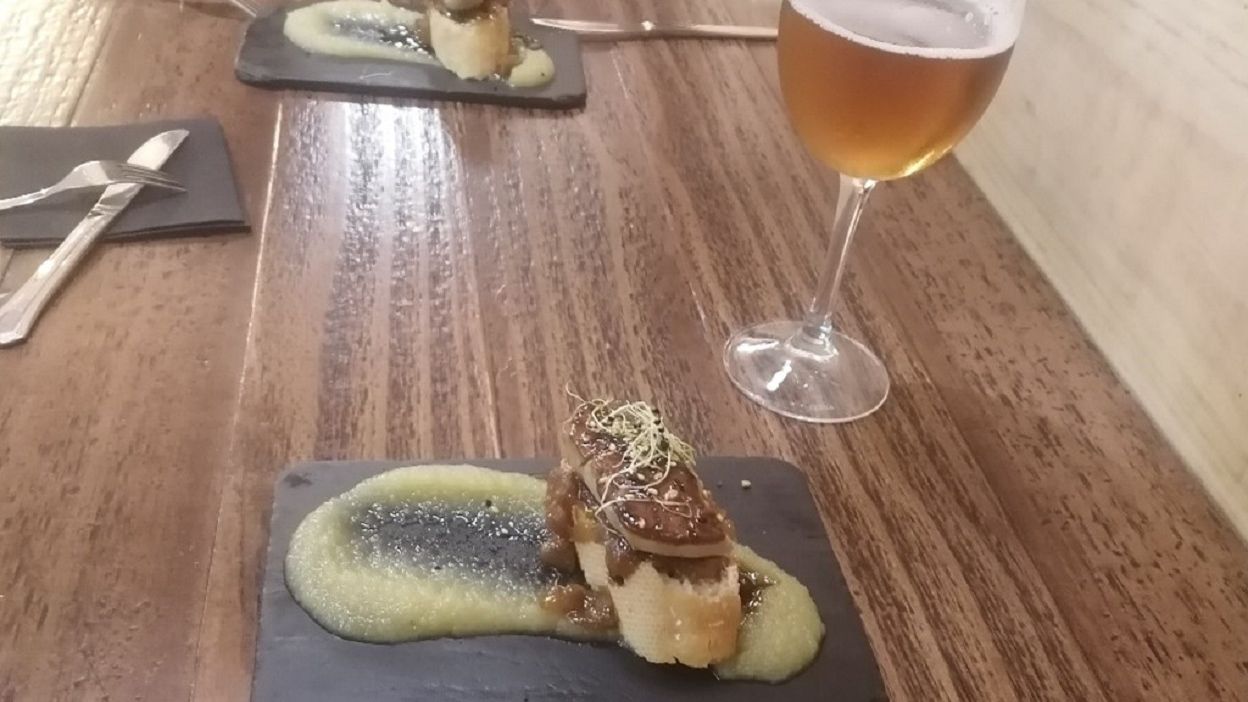
Privat
Pintxos are an integral part of Basque culture, just like duck liver (Foie gras)
Travelling and going on day trips is easy in the Basque country, as most towns have good road links and there is a good bus and train network. Travel and public transport within the city are even cheaper if you use a Mugi Card. I bought one of these cards from a newsagents for 5 euros. With the Mugi Card you get a 30% discount on the usual ticket price, so the card quickly pays for itself. You can also use it to go to the neighbouring towns from San Sebastián. It is valid on buses and the regional Euskotren trains, as well as on coaches by the operator Lurraldebus that even go to Bilbao. I went on many day trips in the region at the weekends, for example to Ondarribia on the French border. From here you can hike back to San Sebastián on the pilgrim’s route. The Basque capital Bilbao is two hours away by bus. Here I visited the famous Guggenheim Museum and the maritime museum Itsas Museo, both of which were well worth visiting. The Basques used to be fearless seafarers who would go whale hunting in rowing boats, and it was the Basque sailor Juan Sebastián Elcano who was the first to sail around the world, completing Magellan’s journey.
Conclusions
I quickly grew very fond of San Sebastián. Despite the fact that I only stayed for a short time, I was able to learn a lot from everyday life at the laboratory that I will benefit from in the future, and my research project was a great success. My friendly and very welcoming colleagues helped me get settled in quickly. A memory that will stay with me for a long time is how I had pintxos with a colleague for the first time: I completely underestimated the changing weather conditions in the Basque region in autumn, and got soaking wet in a sudden and very persistent downpour. However, the tasty pintxos did make up for this... I generally found the Basque people to be friendly, open-minded and communicative. I hope that the contacts I made will last for a long time.
As of August 2023. The German version is the original.


